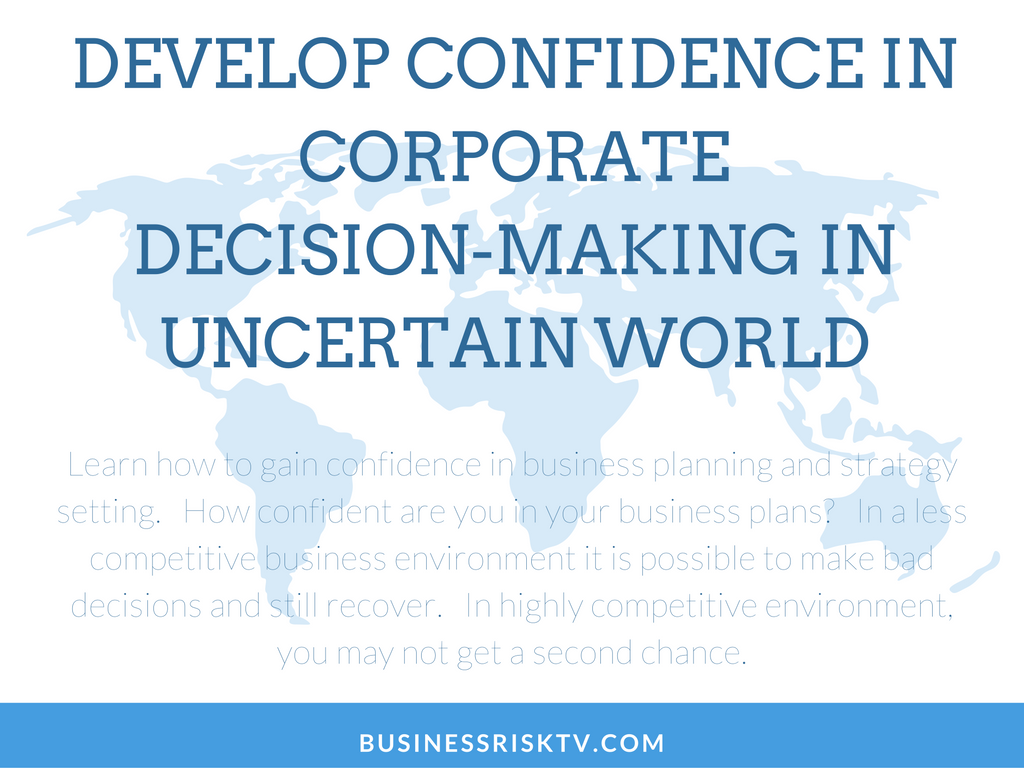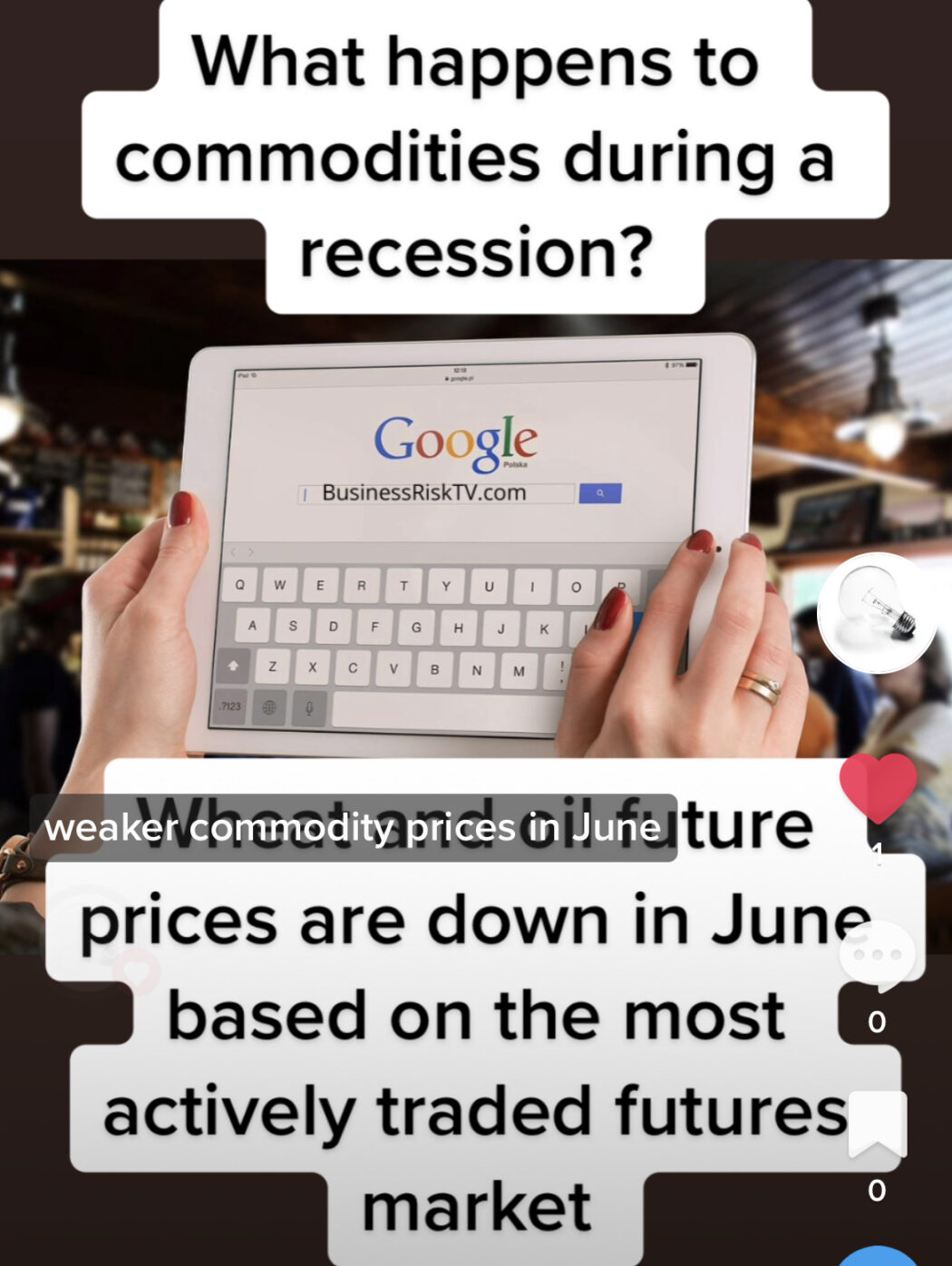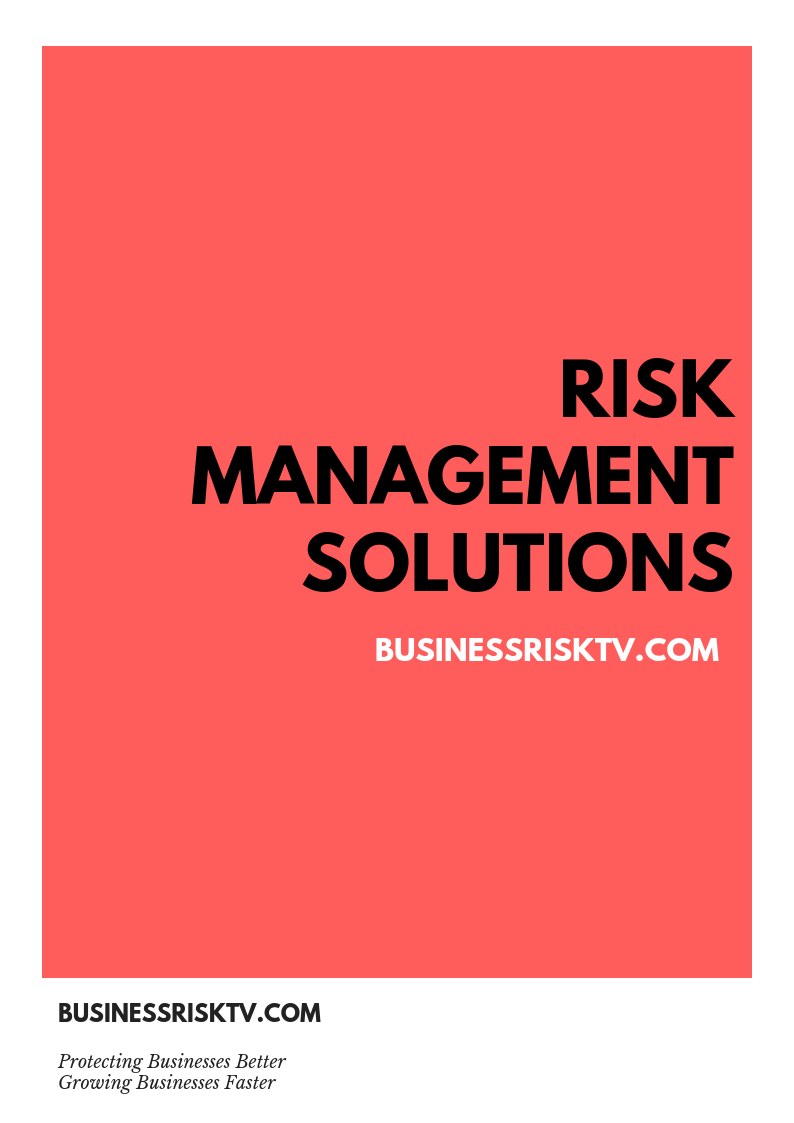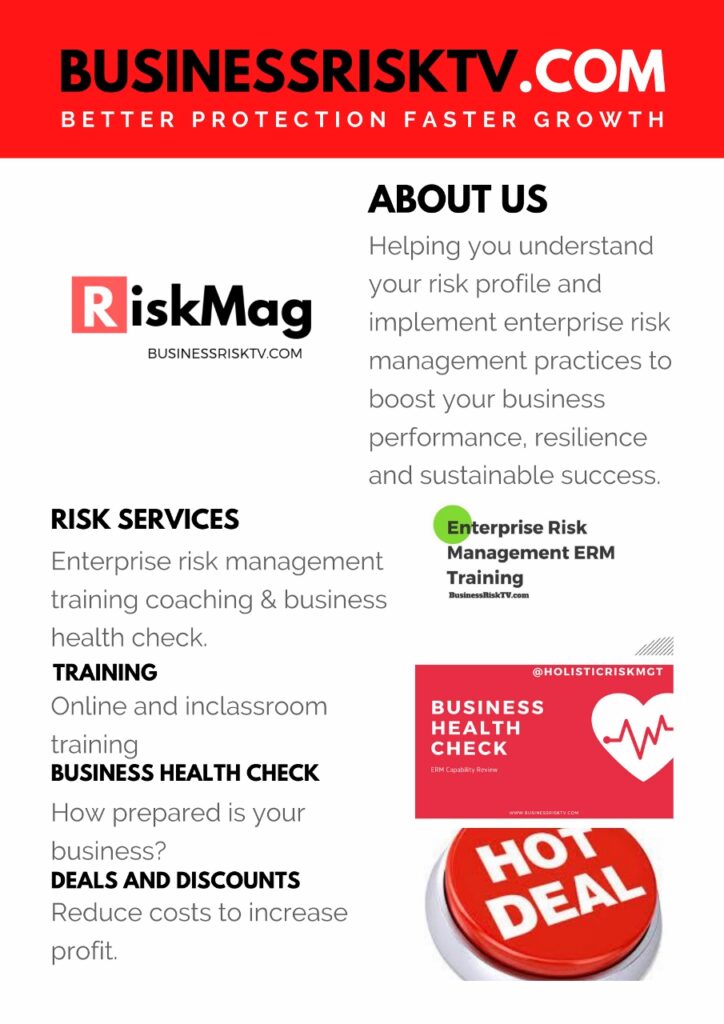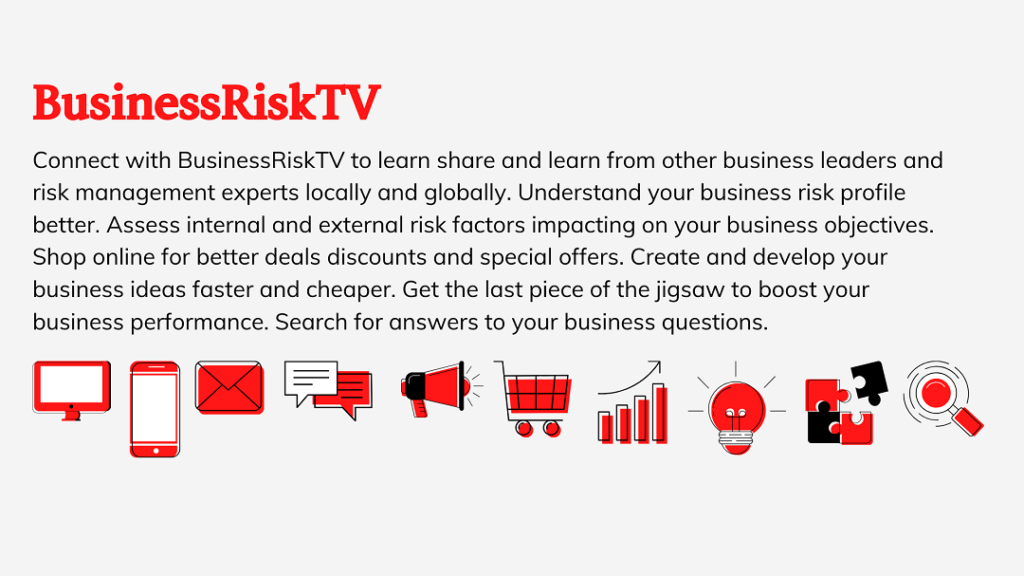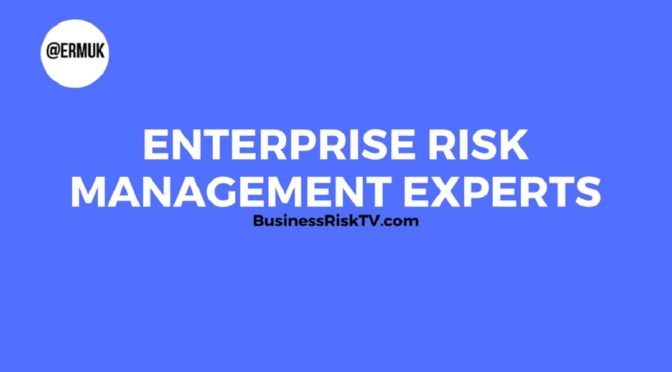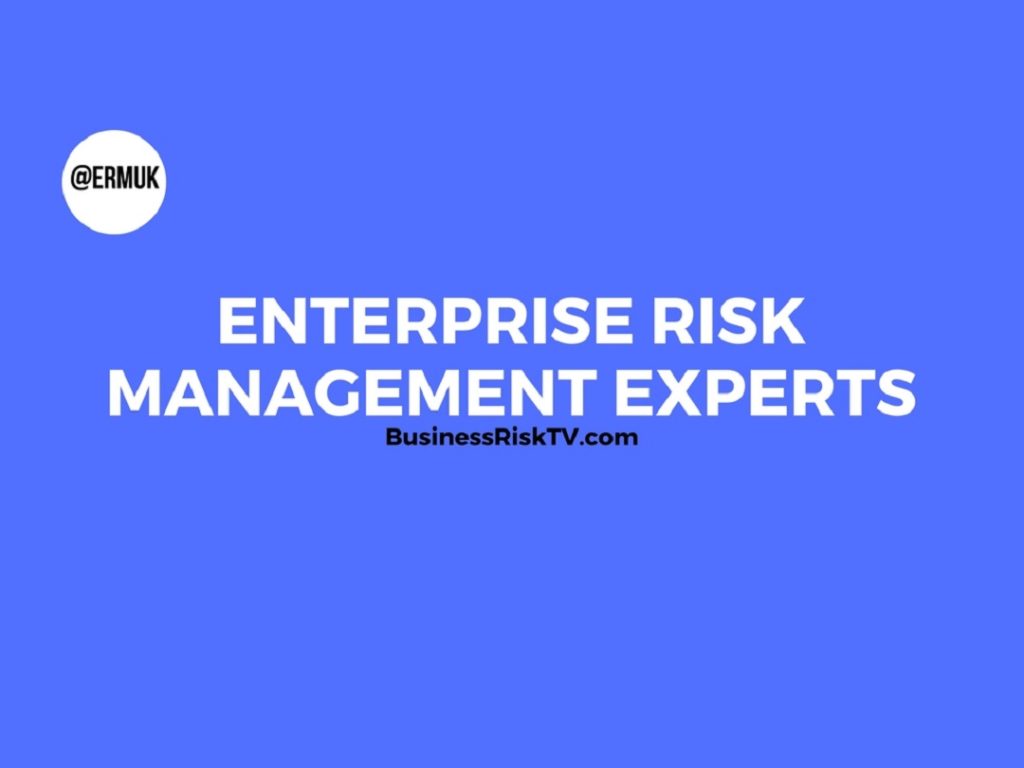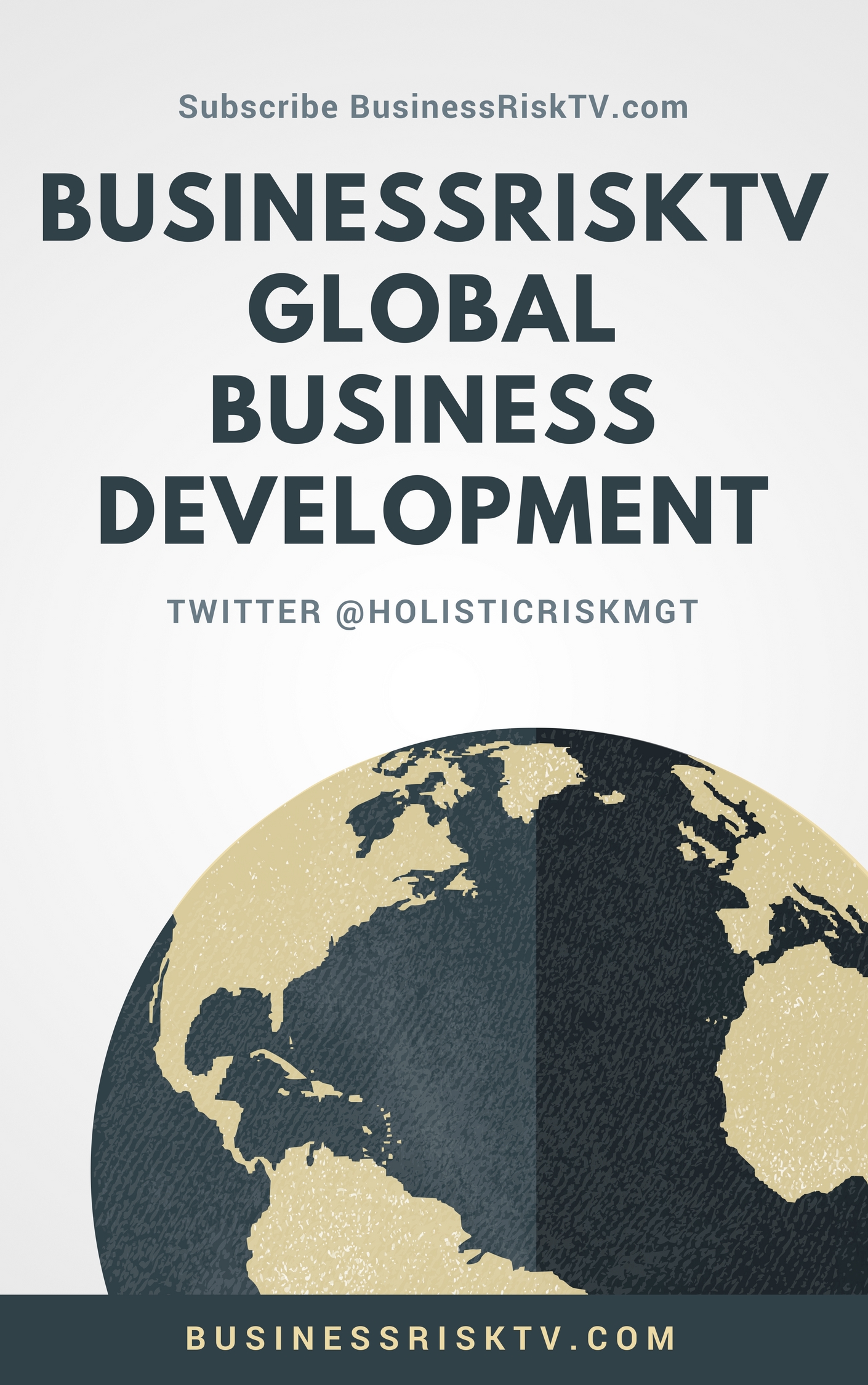The Looming Dominoes: How US and China’s Property Crises Could Topple the Global Financial Tower in 2024
Across the world, two seemingly distant tremours are rumbling beneath the surface of the global financial system – the potential U.S. Real Estate Crisis 2024 and the deepening China Property Crisis. While continents apart, these crises are intricately linked by a web of debt, speculation, and interconnectedness, threatening to trigger a catastrophic domino effect that could topple the very foundations of global banking and shadow banking in 2024.
Cracks in the American Dream: US Real Estate on the Precipice
The once-booming US real estate market, fuelled by years of cheap money and rampant speculation, is teetering on the edge of a potential collapse. A confluence of factors is creating the perfect storm:
- Loan Interest Increase: The Federal Reserve’s battle against inflation through rising interest rates is making mortgages and commercial real estate loans significantly more expensive, chilling demand and straining borrowers.
- US Commercial Real Estate Value Collapse: Overbuilt office spaces, declining retail foot traffic, and the rise of remote work are eroding the value of commercial properties, particularly in saturated markets. This bubble, inflated by speculation, is at risk of popping, leading to defaults and widespread losses.
- Shadow Banking’s Hidden Time Bomb: Beyond traditional banks, a complex web of hedge funds, private equity firms, and non-bank lenders hold a significant portion of US housing and commercial real estate debt. These entities, operating with less regulation and higher leverage, are particularly vulnerable to losses in a downturn, potentially triggering panic in the financial system.
China’s Ghost Cities Haunt the Global Economy:
Meanwhile, the once-unstoppable juggernaut of China’s property market is grinding to a halt. Years of reckless lending and unchecked developer speculation have left the landscape dotted with “ghost cities” – empty apartment blocks and unfinished mega-projects, all burdened by mountains of debt. This crisis manifests in several ways:
- Property Market Slowdown: With sales plummeting and developers struggling to stay afloat, the once-exponential growth of the Chinese property market has stalled. This slowdown dampens demand for construction materials and commodities, impacting global trade and manufacturing.
- Debt Contagion: The vast web of debt woven into China’s property sector extends beyond its borders. International banks and asset managers heavily invested in Chinese real estate loans face potential for significant losses, impacting their solvency and lending capacity worldwide.
- Global Recessionary Spiral: A full-blown collapse of China’s property market could trigger a domino effect across the global economy. Slowing growth in China, a major consumer of goods and services, would ripple through international trade and supply chains, potentially tipping the world into a recession.
The Perfect Storm: Convergence of Crises, Catastrophic Consequences
The potential convergence of these two crises in 2024 paints a chilling picture. A US real estate crash, amplified by shadow banking woes, could send shockwaves through the global financial system. This, in turn, could exacerbate China’s property crisis, creating a self-reinforcing downward spiral. The consequences could be dire:
- Global Banking Crisis: Widespread losses from defaulted loans and plunging asset values could cripple traditional banks and shadow lenders, leading to liquidity crunches, credit rationing, and potentially bank failures.
- Economic Recession: Disruptions in the financial system and a synchronised slowdown in the US and Chinese economies could plunge the world into a recession, impacting jobs, trade, and investment worldwide.
- Social Unrest: Rising unemployment, financial hardship, and eroded trust in the financial system could lead to social unrest and political instability in various countries.
A Crossroads of Crisis and Opportunity:
The looming storm casts a long shadow over the global economic landscape. However, it also presents an opportunity for transformation. By acknowledging the interconnectedness of these crises and acting with foresight and collaboration, we can navigate towards a future of greater resilience and sustainable growth. Here are some potential solutions:
- Macroeconomic Coordination: Central banks and governments across the globe need to coordinate their responses to inflation, rising interest rates, and slowing growth. Tailored interest rate adjustments, targeted fiscal interventions, and proactive regulations can help mitigate the risks and foster stability.
- Transparency and Risk Management: Financial institutions, both traditional and shadow banks, must be transparent about their exposure to US and Chinese real estate and actively manage their risk profiles. Increased capital buffers, robust stress testing, and greater regulatory oversight are crucial in preventing a domino effect of collapses.
- Diversification and Innovation: Businesses and investors need to diversify their portfolios and explore alternative investment strategies. Building a more resilient economy less reliant on overleveraged asset markets and promoting innovation in sectors like renewable energy and technology can create new opportunities for growth.
- Strengthening Global Safety Nets: Strengthening International Cooperation
Conclusion: Building a Global Shield Against the Looming Catastrophe
The potential for a cataclysmic collision between the US and Chinese property crises necessitates not just proactive measures, but a fundamental reimagining of the global financial system. We must act as one on a global stage, building a collective shield against the looming catastrophe.
Beyond Mitigation, Embracing Transformation:
While mitigating the immediate risks of the converging crises is essential, simply patching the cracks in the existing system is not enough. We must embrace transformative thinking to build a more resilient and inclusive financial landscape. This requires:
- Rethinking Leverage and Shadow Banking: The overreliance on debt and the opaque underbelly of shadow banking have contributed significantly to the current turmoil. Implementing stricter regulations, promoting responsible lending practices, and encouraging transparency within the financial ecosystem are crucial steps towards sustainable growth.
- Investing in Inclusive Prosperity: Addressing inequality and fostering inclusive economic development are not just moral imperatives, but vital pillars of resilience. Investments in education, healthcare, and social safety nets create a more robust population less susceptible to economic shocks.
- Embracing Green Finance: Shifting investments towards renewable energy, sustainable infrastructure, and climate-resilient technologies are not just environmentally beneficial, but also offer lucrative avenues for economic diversification and long-term stability.
A Call to Collective Action:
The responsibility to avert this crisis and build a brighter future lies not solely with governments and financial institutions, but with every individual. We can contribute by:
- Staying informed: Engaging with responsible financial literacy resources and holding leaders accountable for their actions.
- Demanding transparency: Urging financial institutions to disclose their exposure to risky assets and advocating for stricter regulations.
- Making mindful choices: Prioritising financial prudence, diversification, and ethical investment practices in our own lives.
The Crossroads Awaits:
We stand at a crossroads, facing a potential financial calamity unlike any we have seen before. However, within this crisis lies an opportunity for genuine transformation, a chance to forge a more equitable, sustainable, and resilient future for generations to come. By acting with foresight, collaboration, and a shared sense of responsibility, we can not only weather the storm, but emerge stronger, building a global financial system that serves the needs of all, not just the privileged few. Let us harness the collective power of our interconnected world to rewrite the narrative, transforming this looming catastrophe into a catalyst for a better tomorrow.
This article offers narrative on the potential global financial crisis and the path towards a more resilient future. Remember, the power to turn the tide lies within each of us. Let us choose foresight over fear, collaboration over division, and build a future where prosperity and well-being are the cornerstones of the global financial landscape.
Get help to protect and grow your business
Subscribe for free business risk alerts and risk reviews
Read more business risk management articles


